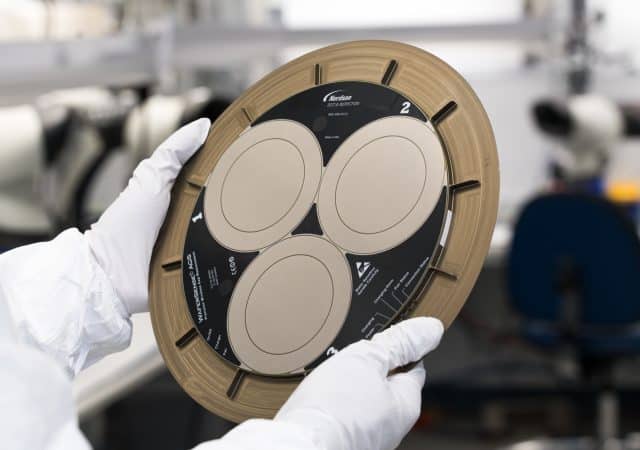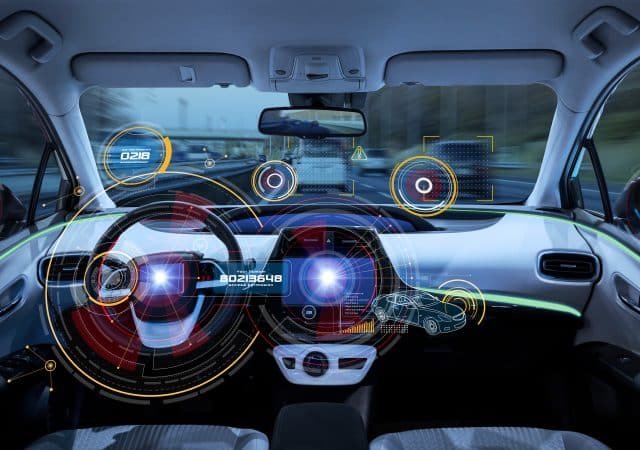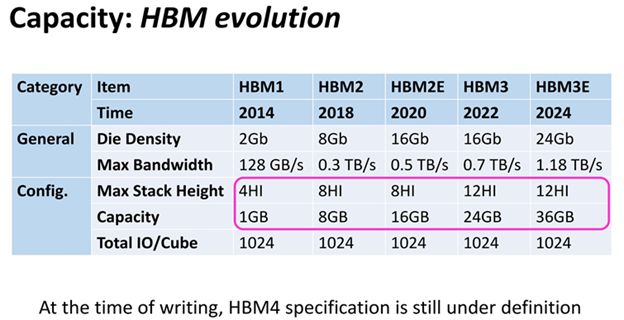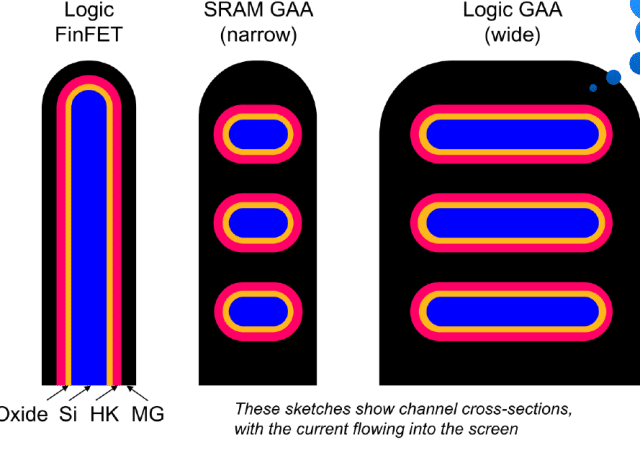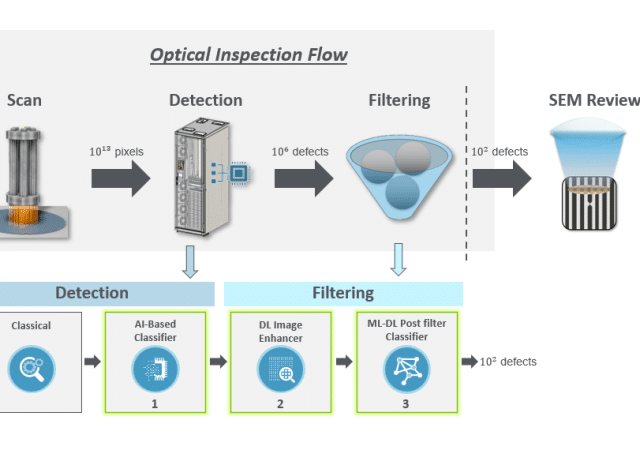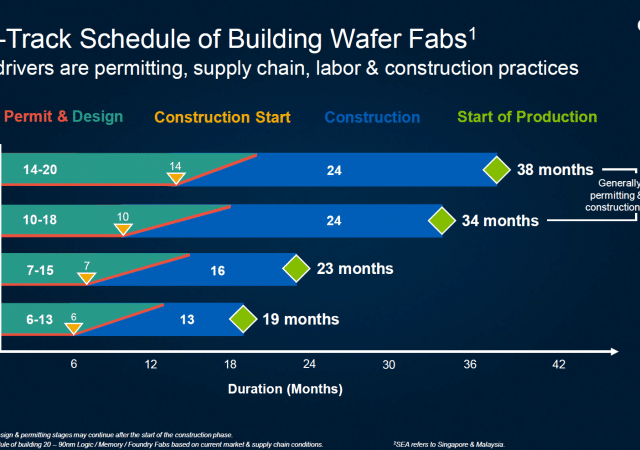Laser heaters show promise to impact sustainability in numerous ways, ranging from increased tool efficiency, shorter process cycle time, and lower maintenance and consumables burdens associated with thermal processing, all of which lighten the impact of a process on fab infrastructure.
Precision, Automation, and Beyond: The Role of Advanced Sensors in the Evolution of Semiconductor Manufacturing
Semiconductor fabs are shifting to automated production and sensors are at the core of the transformation, ensuring absolute process control and product quality in today’s challenging landscape.
How Semiconductor Innovations are Transforming Autonomous Vehicles
With advanced driver-assistance systems (ADAS) becoming more sophisticated and artificial intelligence (AI) pushing the boundaries of vehicle autonomy, semiconductors in the automotive industry are witnessing a revolution.
Multiple Vectors Tackle Memory Bandwidth
Hybrid bonding and new memories are enabling bandwidth gains.
DesignCon, DeepSeek and What’s Next for Chip Designers
With the continued, explosive demand for AI-specific chips, the semiconductor industry is being faced with increasingly high expectations and challenges. It’s also speeding up design cycles across the board.
IEDM Researchers Tout Energy Efficiency
The industry has “an insatiable appetite” for high performance.
Bringing AI to Optical Inspection: Using Deep Learning to Solve High-Value Problems in Advanced Node Manufacturing
Novel Deep Learning and Artificial Intelligence detection and filtering algorithms are rapidly adopted by advanced node manufacturers to address the ever-increasing challenge of separating yield-killing and nuisance defects.
Building Fabs in the U.S. vs Taiwan: Twice as Long, Twice as Much
Construction costs in the U.S., compared to Taiwan, are about twice as much (the process equipment costs are similar). “Building a wafer fab in the west costs twice as much and takes twice the time of building it in Taiwan,” Exyte’s Blaschitz said at SEMI’s ISS.
The High Tech Used to Upskill a High-Tech Workforce
The semiconductor industry is just one example of many industries that stand to benefit from implementing simulation, virtual twin technology into training practices – but it is currently of the most need for change.
Simplifying Technical Documentation for Embedded Systems
By treating documentation generation as a compilation problem and leveraging the power of LLMs within a structured framework, a system can be created to handle the scale and complexity of modern codebases while producing high-quality, consistent, and maintainable documentation.

